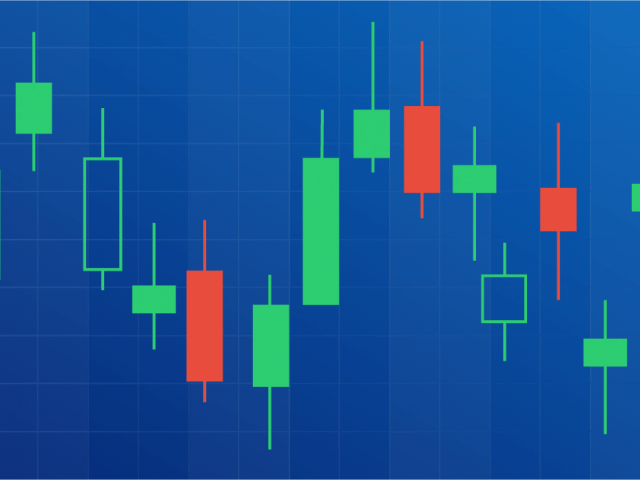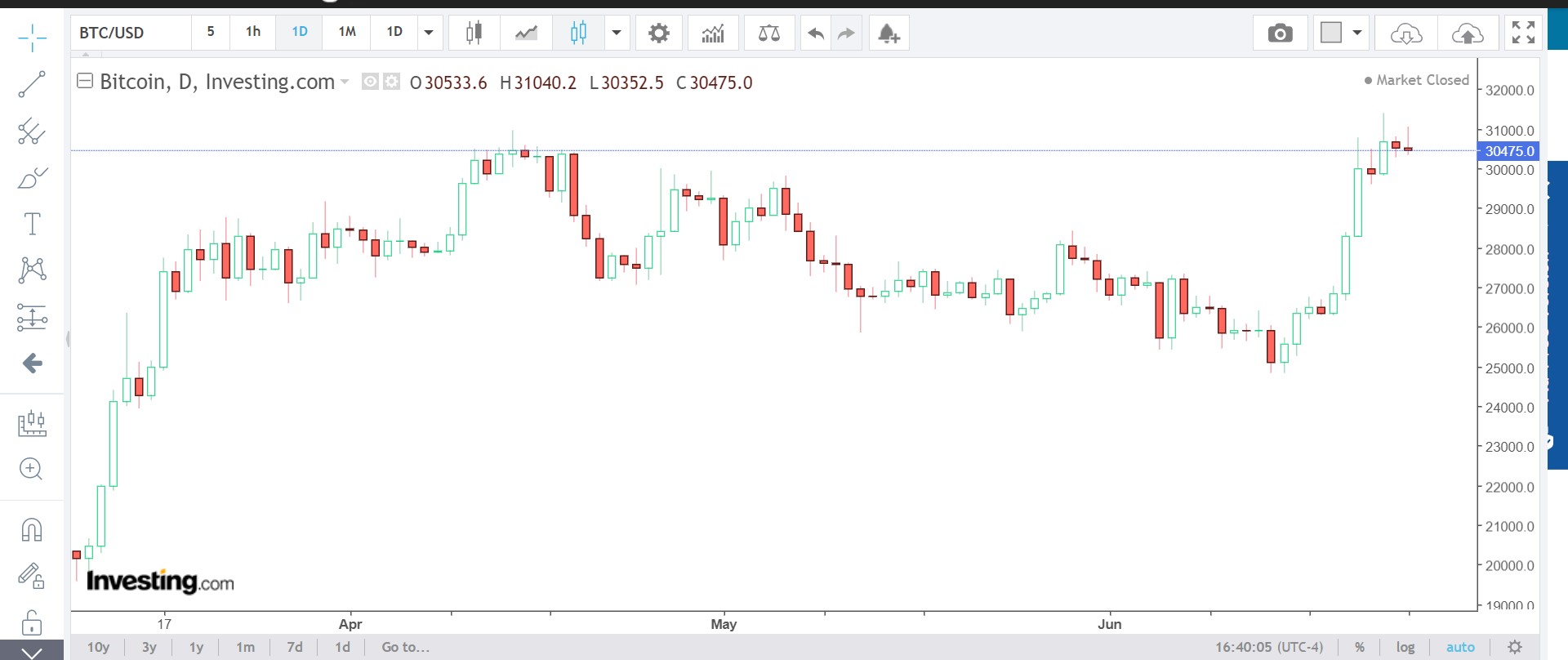Understanding Fundamental Trading in Stocks. Full guide by Pyjamastraders.
In the world of stock trading, there are two primary approaches: fundamental analysis and technical analysis. While technical analysis focuses on price patterns and market trends, fundamental analysis delves into the underlying factors that drive a company’s value. This blog post will provide an in-depth exploration of fundamental trading in stocks, covering its definition, key principles, strategies, and its significance in the financial markets.
Table of Contents:
1. What is Fundamental Trading?
2. Key Principles of Fundamental Trading
3. Fundamental Analysis Techniques
4. Financial Statements and Ratios
5. Valuation Methods
6. Economic Indicators and Market Analysis
7. Fundamental Trading Strategies
8. The Significance of Fundamental Trading in the Financial Markets
9. Conclusion
1. What is Fundamental Trading?
Fundamental trading, also known as fundamental analysis, is an investment approach that involves evaluating the intrinsic value of a stock by analyzing various economic, financial, and qualitative factors related to the underlying company. It aims to determine whether a stock is overvalued or undervalued based on its fundamentals.
Fundamental traders believe that the market may misprice stocks in the short term but will eventually correct itself to reflect their true value. By identifying discrepancies between a stock’s market price and its intrinsic value, fundamental traders seek to make informed investment decisions.
Fundamental trading involves extensive research and analysis of a company’s financial statements, industry trends, competitive landscape, management team, and macroeconomic factors. This approach requires a deep understanding of the company’s business model, revenue streams, profitability, growth prospects, and potential risks.
Fundamental traders typically have a long-term investment horizon and aim to build a portfolio of stocks that they believe will outperform the market over time. They rely on fundamental analysis to identify stocks with strong fundamentals and favorable growth prospects.
2. Key Principles of Fundamental Trading
Fundamental trading is guided by several key principles that form the foundation of this investment approach. These principles include:
a) Intrinsic Value: Fundamental traders believe that a stock’s true value is determined by its intrinsic worth, which is derived from its underlying business operations, assets, earnings potential, and future cash flows.
b) Margin of Safety: Fundamental traders seek to invest in stocks that are trading below their intrinsic value, providing a margin of safety against potential losses.
c) Long-Term Perspective: Fundamental trading focuses on long-term investment horizons rather than short-term market fluctuations. It aims to capture the underlying value of a stock over time.
d) Quality Over Quantity: Fundamental traders prioritize quality companies with strong fundamentals, sustainable competitive advantages, and solid management teams over speculative or low-quality stocks.
e) Information Advantage: Fundamental traders conduct thorough research and analysis to gain an information advantage over other market participants. They aim to uncover insights that are not yet priced into the stock.
3. Fundamental Analysis Techniques
Fundamental analysis involves various techniques and tools to evaluate a company’s financial health, growth prospects, and overall performance. These techniques include:
a) Financial Statements Analysis: Fundamental traders analyze a company’s financial statements, including the income statement, balance sheet, and cash flow statement. They assess key financial metrics such as revenue growth, profitability margins, debt levels, and cash flow generation.
b) Ratio Analysis: Ratios such as price-to-earnings (P/E), price-to-sales (P/S), and debt-to-equity (D/E) ratios are used to assess a company’s valuation, profitability, liquidity, and financial stability.
c) Valuation Methods: Fundamental traders employ various valuation methods, including discounted cash flow (DCF) analysis, price-to-earnings ratio (P/E), price-to-book ratio (P/B), and dividend discount model (DDM), to estimate a stock’s intrinsic value.
d) Qualitative Analysis: Fundamental traders consider qualitative factors such as industry dynamics, competitive positioning, management quality, brand reputation, and regulatory environment to assess a company’s long-term prospects.
4. Financial Statements and Ratios
Financial statements provide a snapshot of a company’s financial performance and position. Fundamental traders analyze these statements to gain insights into the company’s revenue streams, expenses, assets, liabilities, and cash flows. Key financial statements include:
a) Income Statement: Also known as the profit and loss statement, it shows a company’s revenues, expenses, and net income over a specific period. It helps assess the company’s profitability and operating efficiency.
b) Balance Sheet: The balance sheet provides information about a company’s assets, liabilities, and shareholders’ equity at a specific point in time. It helps evaluate the company’s financial health and solvency.
c) Cash Flow Statement: This statement tracks the inflows and outflows of cash from operating activities, investing activities, and financing activities. It helps assess the company’s ability to generate cash and manage its liquidity.
Ratio analysis complements financial statement analysis by providing additional insights into a company’s performance. Some commonly used ratios include:
a) Price-to-Earnings Ratio (P/E): This ratio compares a company’s stock price to its earnings per share (EPS). It helps assess the market’s perception of the company’s future earnings potential.
b) Price-to-Sales Ratio (P/S): This ratio compares a company’s stock price to its revenue per share. It helps evaluate a company’s valuation relative to its sales.
c) Debt-to-Equity Ratio (D/E): This ratio measures a company’s financial leverage by comparing its total debt to shareholders’ equity. It helps assess the company’s solvency and financial risk.
5. Valuation Methods
Fundamental traders employ various valuation methods to estimate a stock’s intrinsic value. These methods help determine whether a stock is overvalued or undervalued, providing insights into potential investment opportunities. Some commonly used valuation methods include:
a) Discounted Cash Flow (DCF) Analysis: DCF analysis estimates the present value of a company’s future cash flows by discounting them back to their current value. It considers the time value of money and provides an estimate of the stock’s intrinsic value.
b) Price-to-Earnings Ratio (P/E): The P/E ratio compares a company’s stock price to its earnings per share (EPS). It helps assess how much investors are willing to pay for each dollar of earnings generated by the company.
c) Price-to-Book Ratio (P/B): The P/B ratio compares a company’s stock price to its book value per share. It helps assess whether a stock is trading at a premium or discount relative to its net asset value.
d) Dividend Discount Model (DDM): The DDM estimates the intrinsic value of a stock based on the present value of its expected future dividends. It is commonly used for valuing dividend-paying stocks.
6. Economic Indicators and Market Analysis
Fundamental traders consider macroeconomic factors and market analysis to gain insights into broader economic trends and their impact on individual stocks and industries. They analyze economic indicators such as GDP growth, inflation rates, interest rates, employment data, and consumer sentiment to assess the overall health of the economy.
Market analysis involves studying industry trends, competitive dynamics, regulatory changes, and technological advancements that can influence a company’s performance. Fundamental traders aim to identify sectors or industries that are poised for growth or facing headwinds, helping them make informed investment decisions.
7. Fundamental Trading Strategies
Fundamental traders employ various strategies to capitalize on their analysis of a company’s fundamentals. Some common fundamental trading strategies include:
a) Value Investing: Value investors seek stocks that are trading below their intrinsic value, often focusing on companies with solid fundamentals but temporarily depressed stock prices.
b) Growth Investing: Growth investors focus on companies with strong growth prospects, often willing to pay a premium for stocks expected to deliver above-average earnings growth.
c) Dividend Investing: Dividend investors prioritize stocks that offer regular dividend payments, seeking stable income streams and potential capital appreciation.
d) Event-Driven Investing: Event-driven investors capitalize on specific events such as mergers and acquisitions, spin-offs, or regulatory changes that can impact a company’s stock price.
8. The Significance of Fundamental Trading in the Financial Markets
Fundamental trading plays a crucial role in the financial markets for several reasons:
a) Long-Term Investment Perspective: Fundamental trading encourages investors to take a long-term perspective, focusing on the underlying value of a stock rather than short-term market fluctuations. This approach promotes stability and reduces market volatility.
b) Informed Investment Decisions: By conducting thorough research and analysis, fundamental traders gain insights into a company’s fundamentals and prospects. This information advantage helps them make informed investment decisions based on reliable data rather than speculation.
c) Market Efficiency: Fundamental trading contributes to market efficiency by ensuring that stock prices reflect the underlying value of companies. It helps correct mispricings and reduces the likelihood of market bubbles or excessive speculation.
d) Risk Management: Fundamental analysis provides a comprehensive understanding of a company’s financial health, risks, and growth potential. This knowledge enables investors to manage their risk exposure effectively and make informed decisions based on their risk tolerance.
Fundamental trading is a comprehensive approach to stock trading that focuses on analyzing a company’s fundamentals to determine its intrinsic value. By evaluating financial statements, ratios, economic indicators, and market trends, fundamental traders aim to identify stocks that are mispriced by the market. This investment approach emphasizes long-term perspectives, quality over quantity, and an information advantage gained through thorough research and analysis.
Understanding fundamental trading is essential for investors seeking to build a well-rounded investment strategy. By combining fundamental analysis with other approaches such as technical analysis, investors can make more informed decisions and navigate the dynamic world of stock trading with greater confidence.
Simon Frandsen / Pyjamastraders




